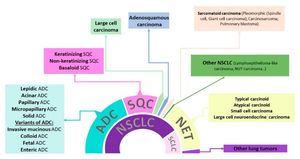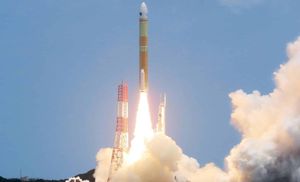Sri Lanka’s political arena is experiencing seismic shifts as the National People’s Power (NPP) rises to prominence, presenting itself as the antidote to years of corruption and mismanagement epitomized by the Rajapaksa dynasty. This new party is gaining traction following its tactical engagement with grassroots movements and opposing figures traditionally seen as politically powerful.
At the heart of this transformation is the power struggle involving former President Mahinda Rajapaksa and his family, particularly his son, Namal Rajapaksa. Allegations of criminal activities stemming from the misuse of public funds have brought Nimal Perera, a key businessman, to the forefront as he prepares to testify against Namal. The Attorney General of Sri Lanka recently filed charges involving 70 million rupees against Namal, intensifying this high-profile case. Reports suggest Mahinda Rajapaksa has enlisted the help of Dhammika Perera, another prominent businessman, to persuade Nimal to forgo his testimony. This maneuvering reflects the Rajapaksa family's desperate attempts to evade the ramifications of their governance.
While the Rajapaksa clan attempts to navigate these allegations, President Anura Kumara Dissanayake of the NPP fervently criticizes the corrupt political figures who have now united against his administration. He argues these individuals are not genuine opponents of governmental injustice, but rather are attempting to distract from their own past corrupt engagements. At public rallies, Dissanayake has pointed to historical incidents of political violence, including notorious murders of journalists, as emblematic of true suppression—a stark warning about the trajectories of political dissent under past regimes.
The NPP’s strategists astutely draw upon the nation’s simmering frustrations with longstanding governance failures. The party is characterized by its embrace of professionalism and accountability, which resonates strongly with voters fatigued by the politicized chaos of recent years. With 18 of 22 cabinet members possessing university degrees and much prior experience, the NPP is symbolically positioning itself as the educated alternative—one ready to restore trust and innovative governance.
Analysts assert the NPP has effectively positioned itself against the more traditional, opportunistic political practices within the country. Dissanayake’s leadership has brought visibility to pressing issues of corruption, with clear messaging linking governmental failures directly to the economic crisis faced by ordinary Sri Lankans. The party’s recent successes, particularly in the Jaffna district, highlight its capability to resonate with the marginalized classes—their narratives bolstered by promises of sustainable growth and accountability.
Compounding the intrigue of this political evolution is the recent announcement from Justice Mohammed Laffar Tahir, the most senior judge serving in Sri Lanka’s Court of Appeal, as he steps up to take the Acting Presidency of the court. Following the pre-retirement leave of someone previously in the role, his appointment marks another layer of change as the judiciary remains integral to the political narrative, especially amid accusations of executive overreach and corruption.
“The Rajapaksas are scared,” stated one insider, hinting at the family’s recent vulnerabilities. With Dhammika Perera reportedly urging his close friend Nimal to testify, the former ruling family’s hopes of silencing opposition via influence seem more tenuous than ever. The once unassailable position of Mahinda Rajapaksa has begun to unravel as both public sentiment and political dynamics shift.
The hierarchical structure of the NPP may help rebuild the shattered trust among the populace, offering citizens the assurance of political intent divorced from the nepotistic corruptions of old. Observers note with significance how the NPP has called for collaboration among collective societal factions, cross-regional political discourse being pivotal to establishing unity against the overarching Rajapaksa influence. Such political cooperation, often evoked but rarely realised under previous governments, may just be the necessary step for Sri Lanka to reclaim its democratic ethos.
While questions remain about whether these dynamism and collective strategies will withstand the tests of governance—especially amid the inherent challenges of discontent—the current moment reflects the anxieties and hopes swirling within Sri Lanka's future.
The engagement of different social sectors, as well as the gradual reclaiming of civil society's space within the political discourse, embodies the potential resurgence of pluralism. Whether or not the National People’s Power can successfully navigate the immediate challenges presented by entrenched Rajapaksa loyalists and re-emerge as the primary agent of change remains to be seen. Yet one thing is clear: the narrative of power is shifting within Sri Lanka, promising potentially transformative impacts on its governance architecture.



